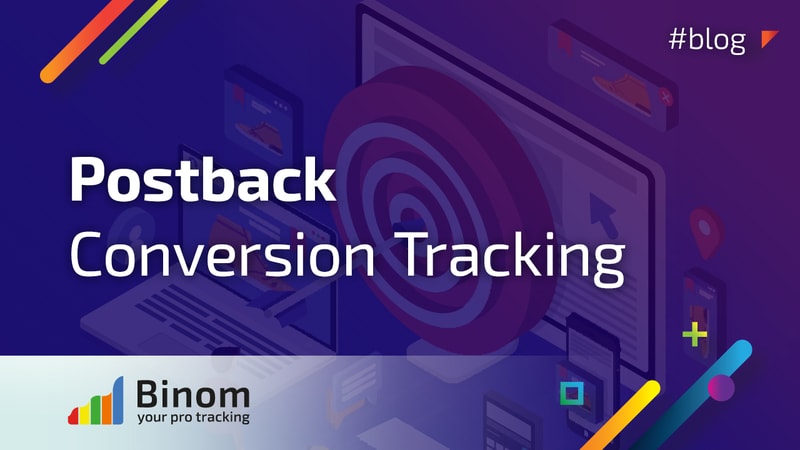
Choosing the most efficient URL tracking system can be a challenge for an advertiser or a marketer when you are trying to track sales. When you advertise on a third-party website, chances are you won’t be able to insert your pixels into their webpage as you have no control over their website. What this means is that you won’t be able to track sales or monitor potential customers. To put it more succinctly, “you are shooting blind.“
Pixel Conversion Tracking
The standard industry practice is to rely on pixels and browser cookies to monitor your visitors’ activities on your webpages. Unfortunately, this is no longer efficient. Pixel tracking has lots of downsides. Take for instance, since the tracking is done in the browser with pixel tracking, an affiliate with the deep knowledge of pixels can easily manipulate (fire) pixels without an actual conversion occurring. This makes pixel more susceptible to fraud. Again, most mobile devices and smartphones usually have cookies blocked. The impact of this is that pixel tracking doesn’t work when the conversion occurs on a mobile device. When you cannot track a visitor, you are missing a big opportunity.
Smart advertisers and marketers have already figured out that pixel tracking is no longer efficient. Relying on browser cookies for tracking leads to loss of sales and marketing opportunities. Already, smart marketers are switching to the postback conversion tracking.
What is Postback Conversion Tracking?
Postback Conversion Tracking is also known with a lot of names. Some of these names include server-side and server 2 server. Some users also wrongly refer to this type of tracking as “server pixel tracking.”
Simply put, it is a tracking system that does not rely on the browser cookies as pixel does. However, postback tracking makes use of the advertiser’s servers to track sessions generated on clicks to attribute conversions. This tracking system utilizes server-to-server calls to pass information between two systems. As an advertiser, it is possible to create postback URL for every of your affiliate on a single mobile app. This can also be done on multiple mobile apps. Whether you choose single or multiple apps, the system will immediately notify you whenever a conversion is generated.
Main Advantages of Postback Conversion Tracking
The upside of using a postback conversion tracking as a smart marketer is that it creates a unique ID for every hit that is sent to your campaign. This unique ID that is generated for each session will be passed back from the tracker to you upon a conversion. Basically, this means you can track conversion across various devices, domains, and even on various operating systems such as Android, iOS, Windows, and Mac.
Postback tracking also has another advantage that you cannot find with pixel tracking. One of the downsides of pixel tracking is that the tracking expires after just a few hours. On the other hand, you can keep tracking a particular customer for an indefinite period of time when you use postback tracking. This makes it extremely easy to track your campaign. Postback also provides efficient data management. You can see your campaign data at just a glance. Perhaps, the biggest advantage of using this type of tracking system is that it allows you to get accurate conversion data from third-party websites without depending on cookies.
How Does Postback Conversion Tracking Work?
Postback conversion tracking works more straightforwardly and efficiently way. It does not rely on browser cookies and works in real-time.
To understand how it works, you need to consider what happens when:
- A potential customer clicks on your offer
- After a customer makes a purchase
Now, when a potential customer lands on your website and clicks on your offer, a unique ID will instantly be generated for that session. The advantage of this unique ID is to recognize the exact visit that leads to conversion and then associate this with the right campaign. The unique ID that is generated for each session ensures you get accurate data which you can use to analyze the performance of your campaign later.
Why Should You Use Postback Conversion Tracking?
Postback conversion tracking has lots of advantages over the existing tracking systems such as pixels that rely on web browsers. Customers who use server 2 server tracking have reported more transparent tracking and better data management. Some of the other advantages of server 2 server tracking include:
- Unlike pixels, postback tracking does not rely on browser cookies
- It can keep tracking for an indefinite period of time
- It provides reliable data for marketers and advertisers since all tracking is done the merchant’s server
- Hard for dubious affiliates to manipulate
- It is a very secure tracking system
- It stores information on the server-side
- The tracking happens at the back-end of the system. This ensures that your publishers cannot tamper with the data
- Unlike pixel tracking, postback tracking works on mobile devices and smartphones. This means no lost tracking and more efficient tracking.
- It is straightforward to troubleshoot
- All the experts in the industry highly recommend it
- It is one of the most trusted methods of tracking
- Other top marketers are using it
When Do I Need To Use Postback Tracking?
You need to switch to postback tracking if you are currently using pixel tracking. If you are worried that your affiliates are manipulating your tracking and reporting inaccurate data or that a browser will deny your tracking, then
Final Words
Postback conversion tracking can help you with accurate data for your campaign and allows you to manage it more efficiently. When choosing a tracker for your campaign, ensure that such platforms provide postback conversion tracking. Setting up this type of tracking is usually tricky. Fortunately, Binom experts are happy to help you set up postback conversion tracking for your campaigns.